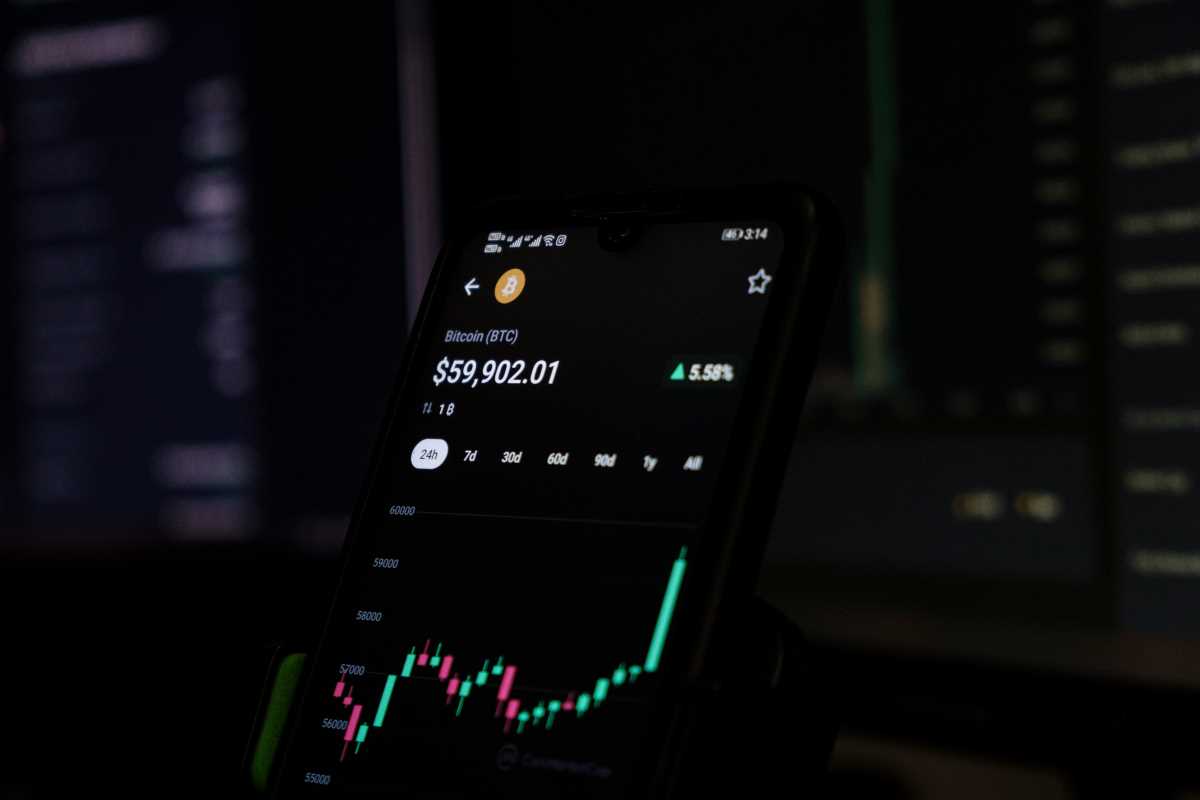Building wealth doesn’t always need to start with a big paycheck or a fancy financial advisor. Small actions today can lead to big rewards down the line. That’s where micro-investing apps come in. These tools make investing accessible by allowing you to grow your portfolio with just a few dollars at a time. With features like rounding up spare change from purchases or automatically transferring small amounts into investments, anyone can start building a financial cushion without overthinking it. For those turned off by the idea of stock market jargon or massive risks, micro-investing offers a straightforward, beginner-friendly way to dip your toes into the world of wealth-building. Here’s everything you need to know to understand and make the most of these easy-to-use tools.
What are Micro-Investing Apps?
Micro-investing apps are tools designed to lower the barriers to investing. Traditional investing often feels intimidating because many platforms expect a significant amount of money upfront, industry knowledge, and time. Micro-investing flips that script by allowing you to start with amounts as small as your spare change or a couple of dollars a week.
Apps like Acorns, Stash, and Robinhood are some of the most popular options on the market today, each offering unique ways to help new and seasoned investors alike. These platforms aim to make investing simple, automatic, and tailored to your comfort level with money and risk.
How They Work
Micro-investing apps often automate the process of saving and investing. Acorns rounds up transactions to the nearest dollar and invests the difference. Buy a coffee for $4.25, and the app sweeps $0.75 into your investment account. Stash, on the other hand, provides more control by allowing you to pick your own stocks and financial goals, even with as little as $5.
These apps typically invest your money in low-risk, diversified portfolios. Many use exchange-traded funds (ETFs), which are bundles of stocks and bonds that spread out your investments to minimize risk. This “set it and forget it” strategy helps even first-timers get comfortable with investing.
Benefits of Micro-Investing Apps
1. Low Barriers to Entry
Traditional investing platforms often require you to deposit hundreds or even thousands of dollars upfront. Micro-investing apps shatter this notion, opening the door with much smaller contributions. This makes it possible for students, young professionals, or anyone on a tight budget to start building wealth immediately.
Acorns requires only a few cents per transaction to work its magic. This makes the app an ideal choice for people who don’t want to stress about big, recurring investments.
2. Automation and Ease of Use
Micro-investing apps excel because they automate much of the process. Once you connect your bank account, tools like Round-Ups or recurring deposits take care of the heavy lifting. Apps like Wealthfront even tailor investment advice to your specific goals, such as saving for college or a first home. Users simply set preferences, and the app creates a custom game plan.
3. Built-In Education Tools
Some micro-investing platforms, like Stash, double as learning resources. You can invest and also access educational content that explains stocks, ETFs, risk levels, and how the economy affects your money. For beginners, this is a game-changer. Many apps help users feel confident at every step of their investing journey.
4. Boosting Saving Habits
Micro-investing reinforces the habit of saving money. By “tricking” you into investing what might otherwise be loose change, these apps make the process painless. Over time, making consistent contributions, even small ones, shows how compounding can grow wealth steadily.
Imagine regularly investing $20 per week over five years through apps like Betterment. With compound growth added to your contributions, that money has the potential to grow significantly.
5. Accessibility and Transparency
Unlike complex trading platforms that can intimidate with industry jargon, micro-investing apps focus on being user-friendly. Dashboards, summaries, and graphs make tracking your progress simple. Notifications offer helpful reminders about saving opportunities or portfolio updates.
Drawbacks to Consider
1. Fees on Small Balances
The percentage-based fees charged by some apps might seem small but can add up quickly for low-balance accounts. Paying $1 or $3 per month might seem harmless, but if your portfolio only has $100, those fees significantly eat into your returns.
2. Limited Investment Customization
Apps like Acorns rely on pre-built portfolios, which means you don’t have full control over where your money goes. This can be a downside for those who prefer to choose exactly which companies or industries they support.
Apps like Robinhood or Stash fill this gap by giving more control over individual stock selection, though they require a slightly more active role.
3. Not Ideal for Big Investors
Micro-investing apps cater to beginners, which means they might lack some features advanced investors need. Tools like detailed performance analytics, global stock options, or advanced trading tools are usually outside what these apps offer.
Investors who’ve built up larger portfolios may benefit more from specialized platforms that offer customization and advanced tracking features.
4. Slow Growth for Impatient Investors
Because micro-investing thrives on small, consistent contributions, it’s not a fast way to substantial wealth. Impatient users expecting quick profits might find the experience underwhelming. Progress is incremental but steady.
 (Image via
(Image via
.jpg)




